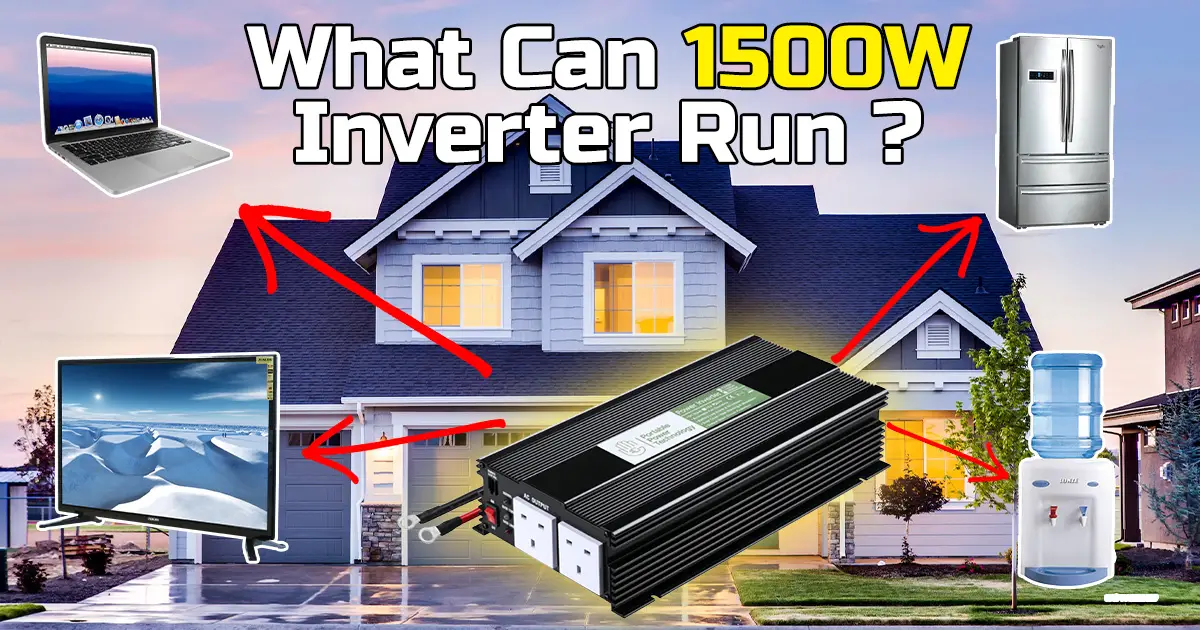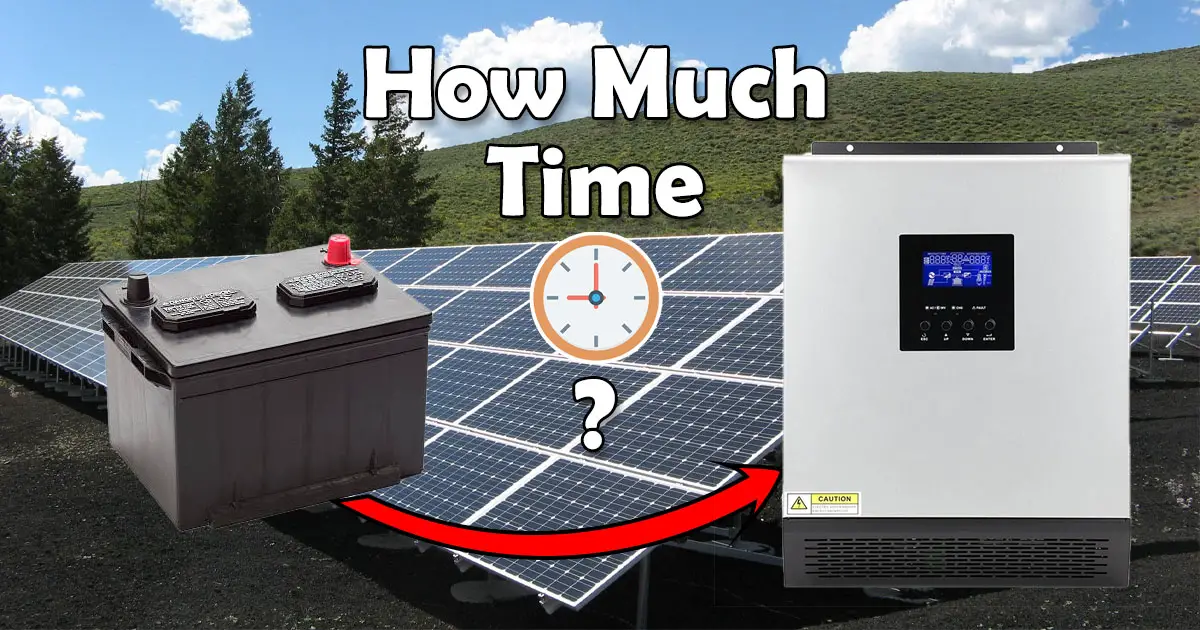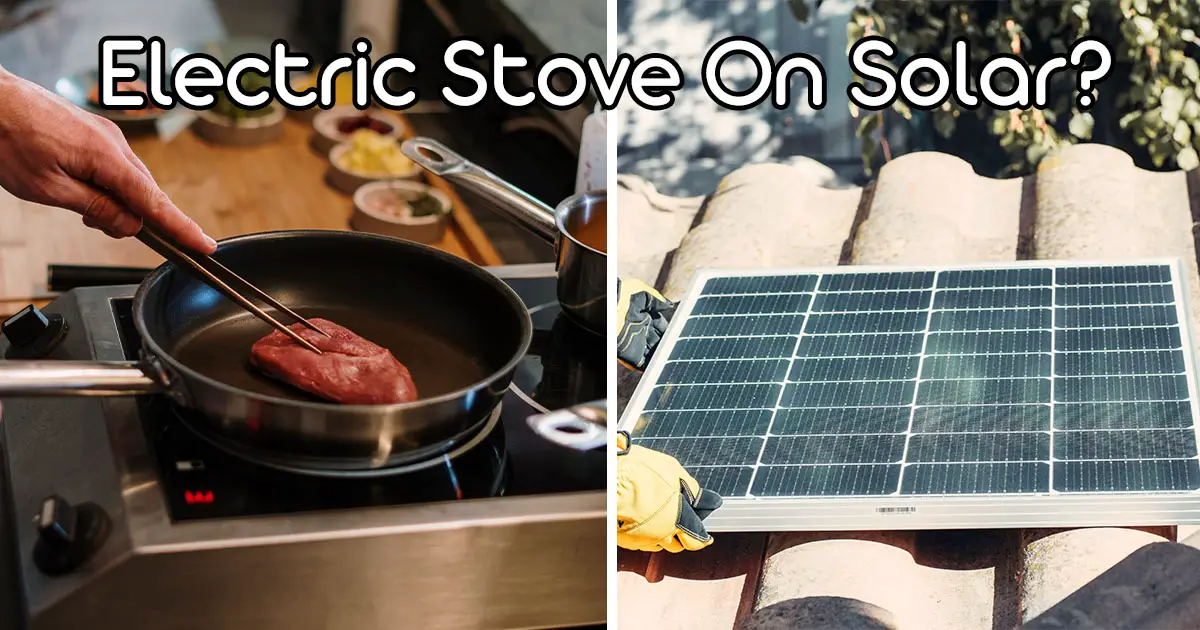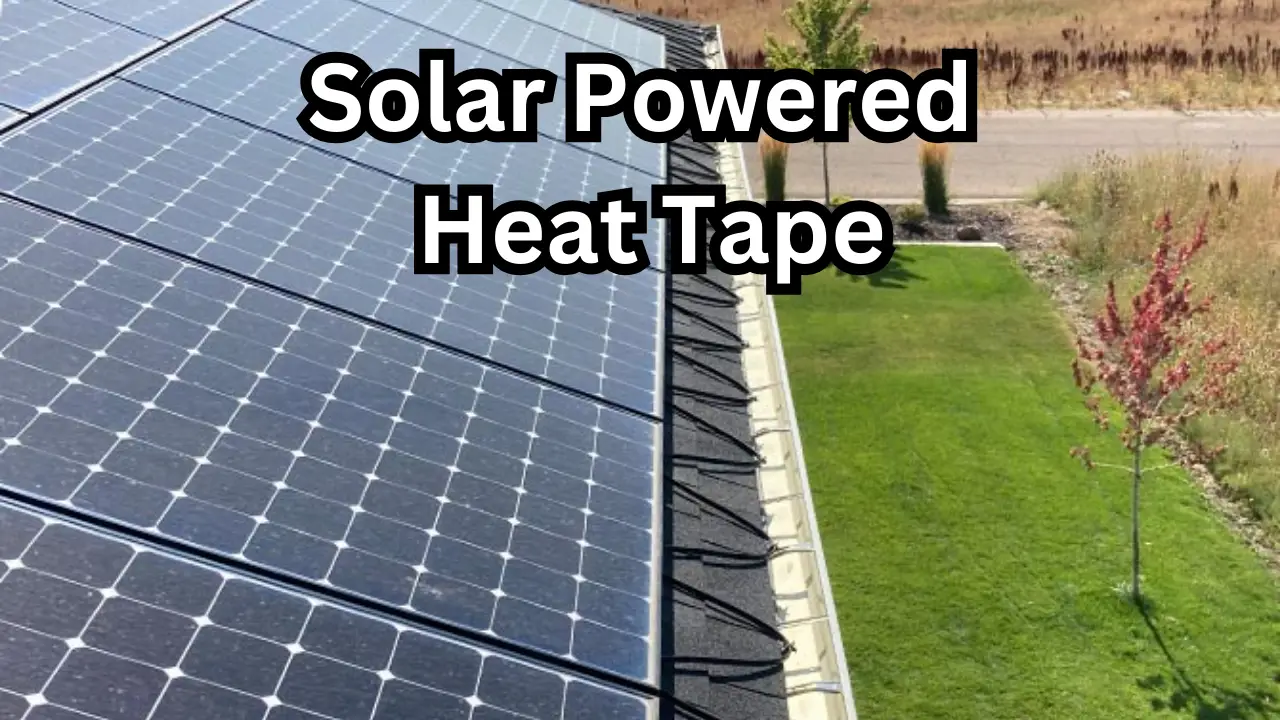In the modern world, a refrigerator or refrigerators are in practically every home. It safeguards your food, making it a crucial piece of kitchen equipment. The first concern you have if there is a power outage in your region is that your refrigerator won’t function. Without your fridge, cooking becomes much more challenging.
To deal with such power outages, you might switch to an inverter. This blog will help you with your problem if you are unsure of what size inverter you need to run a refrigerator and are delaying making a purchase because of it.
How Inverters Work in Refrigerators
With the advancement of technology, inverters may now be used on major equipment like refrigerators in addition to powering smaller household items in the event of a power outage. A refrigerator’s compressor, which controls cooling and maintains the refrigerator’s cool temperature, is an essential component. A typical compressor only has two settings: on and off.
When cooling is required, it turns on, and then when the desired temperature is attained, it switches off until cooling is required once more. These on-off cycles might waste a lot of electricity.
Inverters are no longer merely for battery backup in today’s energy-conscious environment. New refrigerator models are now being produced by numerous manufacturers that use intelligent inverter technology. An inverter-powered compressor operates at varied speeds as opposed to the on-off, heavily utilized compressor cycles.
Better temperature management, less energy use (and hence cheaper energy expenditures), and a longer component life cycle are all benefits. Additionally, the fridge may continue to run with much less energy if the power is lost.

What Size Inverter Do I Need to Run a Fridge?
If you wish to utilize the inverter to run a refrigerator, make sure it has enough power to handle the appliance. You must pick an inverter that can handle the wattage of your fridge because they range in power capacity. Additionally, you must ensure that your batteries have sufficient capacity to power the inverter for a sufficient period of time. You may choose an inverter that will precisely suit your demands with a little advance planning.
Energy Draw
You’ll need to know your refrigerator’s wattage demand if you’re looking to purchase an inverter. The manufacturer nameplate will have this information expressed in amps or watts.
You’re good to go if the nameplate specifies the watts. However, if it simply provides amps, you must multiply the amps by the voltage in order to convert them to watts. For instance, if a standard 16-cu ft refrigerator uses 6 amps, multiplying 6 by 120 volts will give you 600 watts. Your running wattage is that.
A fridge motor also requires a start-up boost of approximately five times its running watts. Thus, in our case, you would want an inverter with a 3,000-watt capacity (600 watts multiplied by 5).
If you wish to use many electronic devices simultaneously, such as a television or a laptop, keep in mind that you could require a more potent inverter. However, you’ll be well on your way to selecting the ideal inverter for your purposes once you are aware of the power consumption of your refrigerator.
Considerations for Inverter Specifications
Any solar system must have inverters because they supply the AC electricity required to operate appliances and other devices. To choose the best inverter for your purposes, you need to be aware of the three general ratings that are available for inverters.

Continuous Power Rating:
The greatest reliable electrical power output (measured in watts) that an inverter can deliver continuously is known as the continuous power rating. For instance, if your inverter, such as the Wzrelb type, is rated at 3000W pure sine wave, it can produce that much power continuously.
This rating is important because it indicates the maximum sustained load that the inverter can handle. As long as their combined power consumption doesn’t exceed 3000 watts, you can use it to power a variety of devices, including power tools, computers, televisions, and small appliances.
Example –
For example, consider connecting a battery or solar panels to this 3000W inverter. The combined power requirements of a computer (400W), a television (150W), and a few small appliances (200W) do not exceed 3000 watts.
Surge Rating:
Surge rating describes the brief burst of power that an inverter can deliver, usually lasting less than a second. A 2500W pure sine wave inverter, for instance, gives 2,500 watts of AC power continuously and 5,000 watts of surge power. Appliances having motors or compressors, such as refrigerators, microwaves, air conditioners, and water pumps, require a surge rating. Often 3 to 7 times their running wattage, these gadgets need a large power surge during starting.

Example –
Take a 500W refrigerator, for instance, which starts with a rush of up to 5000W. An inverter with a surge rating of 5000 watts or above would be appropriate in this situation to ensure a smooth restart without overloading the inverter.
Input Voltage:
Inverters serve a critical role in transforming direct current (DC) electricity from batteries or solar panels into the alternating current (AC) electricity utilized in homes and offices. Additionally, they raise the voltage to meet the needs of the majority of appliances and electronics, which normally run on 110-120 volts. It is essential to check that the inverter’s input voltage matches the voltage of your battery while making your selection. The two most common and general input voltages are 12V and 24V.
Example –
Consider a 12V battery system as an example. To assure compatibility, use an inverter like the WZRELB type with a 12V input voltage. Similarly, choose a 24V-rated inverter for a system with 24V batteries, such as the 1200W Giandel inverter.

To avoid causing harm to your equipment, it’s also critical to understand the allowable input voltage range for your particular inverter. While 24V inverters can handle input voltages between 21 and 30 volts, the range for 12V inverters is normally between 10 and 15 volts.
An inverter for a refrigerator
It’s crucial to select an inverter for your refrigerator that is rated at five times the running wattage. This will guarantee that the inverter can manage both the running power and the surge power needed to start the refrigerator.
This will typically be more than enough to keep your refrigerator operating efficiently. For your convenience, we have provided a brief guide regarding refrigerator sizes, power requirements, and inverter sizes.
| Refrigerator type | Refrigerator Size | Power Usage (Watts) | Inverter Size Cont. PR | Surge |
| Mini-fridge | 4 Cu. ft. | 75W | 400W | 800W |
| RV fridge | 10 Cu. ft. | 150W | 750W | 1500W |
| Full-size fridge 1 | 16 Cu. ft | 200W | 1000W | 2000W |
| Full-size fridge 2 | 22 Cu. ft. | 300W | 1500W | 3000W |
Note –
Modified sine wave and pure sine wave inverters are the two primary categories. Pure sine wave inverters cost more but generate cleaner and more dependable AC power, making them appropriate for delicate electronics and appliances like refrigerators. In general, choosing a pure sine wave inverter is preferable if you can afford it.
Battery Capacity
The capacity of the battery or batteries connected to your inverter has an important bearing on how well it performs. Make sure your battery bank has enough power to keep your refrigerator running during an outage for the required amount of time.
Your demand for battery capacity is mostly determined by two things:
- How much electricity the refrigerator uses
- The battery’s chemical composition
How to calculate the battery capacity required to run the refrigerator
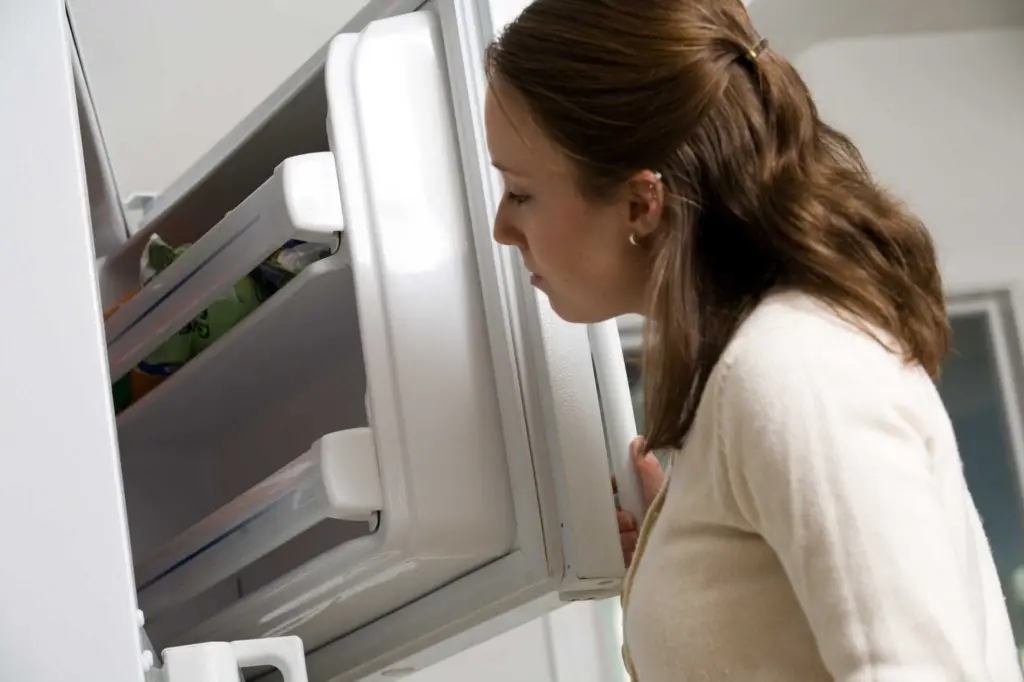
The formula below can be used to determine the required battery capacity once you know the refrigerator’s daily energy consumption (Wh) and actual running time.
Battery capacity = Daily energy consumption (Wh) x Number of days ÷ Depth of discharge
For example, if you use a lithium battery to power a camping lantern with a power rating of 15 watts for one night during your camping trip, you would need a lithium battery capacity of:
Required energy = Nightly energy consumption (Wh) x 1 night = 15 W x 24 h x 1 night = 360 Wh
To get the battery capacity in ampere-hours (Ah), divide this result by the battery voltage (V), which is usually 12V for many portable devices:
Battery capacity (Ah) = Required energy (Wh) / Battery voltage (V) Battery capacity (Ah)
360 Wh / 12 V = 30 Ah
So, to power the camping lantern for one night, you would need a lithium battery with a capacity of 30 ampere-hours.
Battery Ratings
Many electrical systems depend on lead-acid batteries, but in order to get the most out of them, you need to know how they operate. The ampere-hour rating is one important piece of data.
This rating reveals how much current the battery is capable of supplying for a given amount of time. As an illustration, a battery with a 105 amp-hour rating may deliver 105 amps of electricity for one hour.
A lead-acid battery shouldn’t be depleted below 50% of its maximum capacity; it’s important to keep in mind. This could harm the battery. Therefore, you can safely draw 105 amps for only 30 minutes with a 105 amp-hour battery.
When figuring out how long gadgets can operate on a lead-acid battery, this information is helpful. For instance, a 105 amp-hour battery can power a refrigerator that uses only 55 amps for around 60 minutes. An essential component of using lead-acid batteries is understanding ampere-hours.
Conclusion
For your refrigerator to function effectively during power outages, it is crucial to choose the appropriate size inverter. You can keep your perishable foods secure and your refrigerator operating efficiently even when the grid is down by studying the power consumption and surge power requirements of your refrigerator and selecting an inverter that matches or surpasses these requirements.
To guarantee dependable backup power for your refrigerator and other important appliances, don’t forget to routinely service your inverter and battery system.


